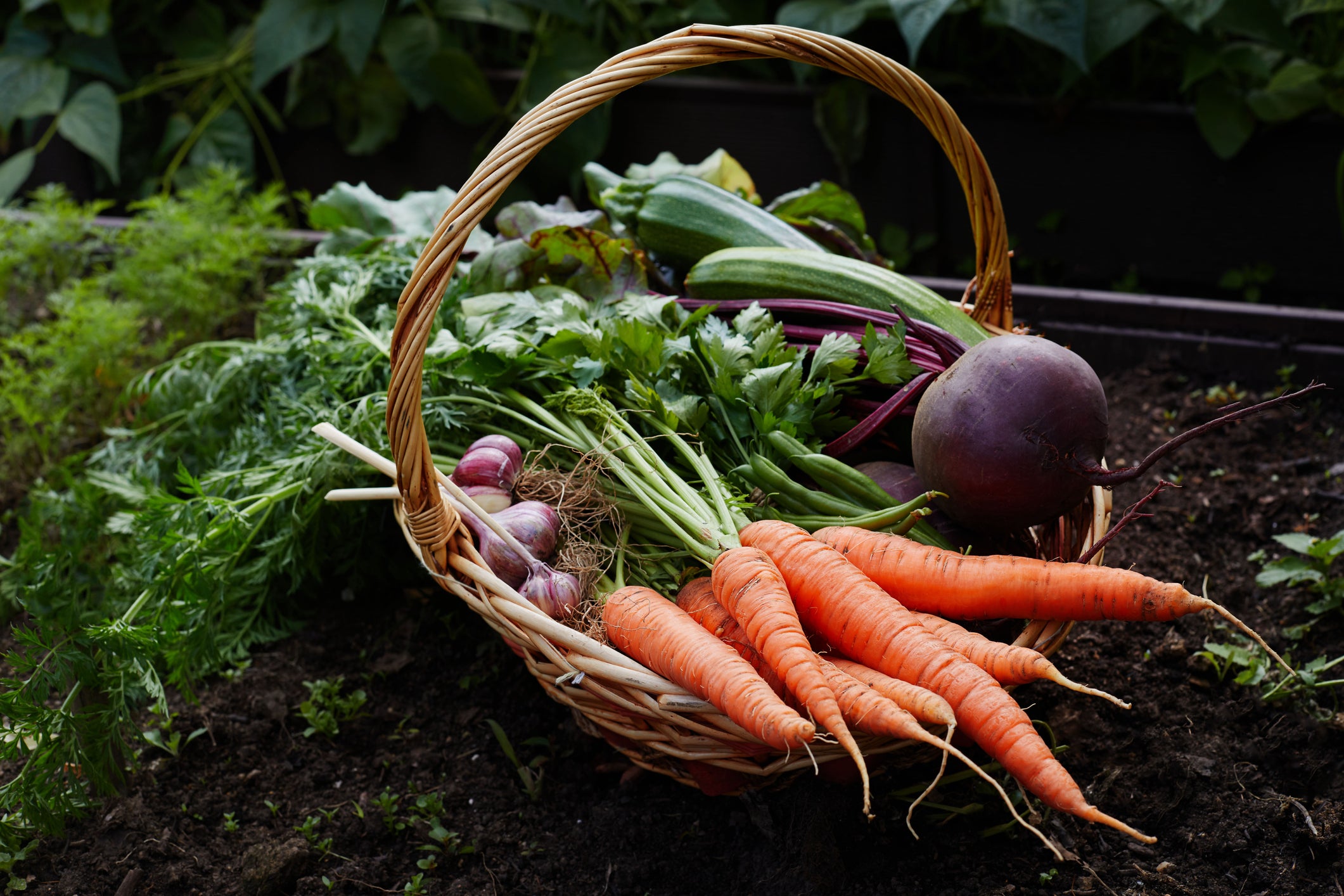The joy of cultivating your own vegetables is unmatched, from planting the seeds to watching them grow into lush plants. As your plants flourish, the time eventually comes to reap the rewards of your hard work: the harvest. The art of harvesting is a crucial skill that can significantly impact the taste and quality of your homegrown vegetables. In this blog post, we'll delve into essential tips to help you pick your homegrown vegetables at the peak of perfection, ensuring a bountiful and flavorful yield.
Timing is key! The moment of truth arrives when your vegetables have reached their peak ripeness. Harvesting too early or too late can affect taste and texture. Observe each vegetable's unique indicators of readiness. For tomatoes, vibrant color, firmness, and a slight give when gently squeezed are signs of ripeness. Leafy greens like lettuce and spinach are best harvested before they bolt, which is when they start producing flowers. Equip yourself with the right tools for a successful harvest. Pruning shears, scissors, or a sharp knife are invaluable for cleanly cutting stems. Make sure your tools are clean and sharp to minimize damage to plants and ensure a clean cut, promoting faster healing for the plant.

Handle your vegetables with care to avoid bruising or damaging them during harvest. Use two hands when plucking fruits and vegetables to avoid applying excess pressure to the plant. Delicate vegetables like zucchini or eggplant should be twisted gently and then cut, while root vegetables like carrots should be loosened before pulling them out of the soil. Harvesting in the early morning, when the temperatures are cooler, can help preserve the freshness and flavor of your vegetables. The plants are less stressed at this time, and the produce is less likely to wilt quickly. Certain vegetables, such as beans, cucumbers, and zucchinis, produce more when regularly harvested. Check your garden daily during the harvest season to ensure you don't miss the optimal picking window. Regular harvesting also encourages plants to keep producing.
Know your vegetables. Different vegetables have distinct harvesting techniques. For instance, corn is ready when the silks turn brown and dry, while bell peppers should be harvested when they have reached their desired size and color. Research each vegetable you're growing to understand its specific indicators of readiness. One of the perks of homegrown vegetables is being able to taste them right in the garden. Regularly sample your produce to gauge flavor development. This can be particularly helpful with crops like peppers, where the heat and flavor intensify as they mature.
Once you've harvested your vegetables, bring them indoors promptly to maintain their quality. If you're not using them immediately, store them in a cool, dark place or the refrigerator, depending on the vegetable type. Proper storage helps extend the shelf life and preserves their flavor. Harvesting isn't limited to vegetables; if you're growing herbs, remember to pick them regularly. Pruning herbs like basil, mint, and cilantro encourages bushier growth and prevents them from bolting.
The art of harvesting homegrown vegetables is a skill that combines timing, observation, and gentle handling. By following these tips, you can ensure that your labor of love results in a delectable and abundant harvest. As you master the art of harvesting, you'll not only savor the flavors of your homegrown produce but also deepen your connection to the natural world and the food you cultivate. Happy harvesting!

Leave a comment